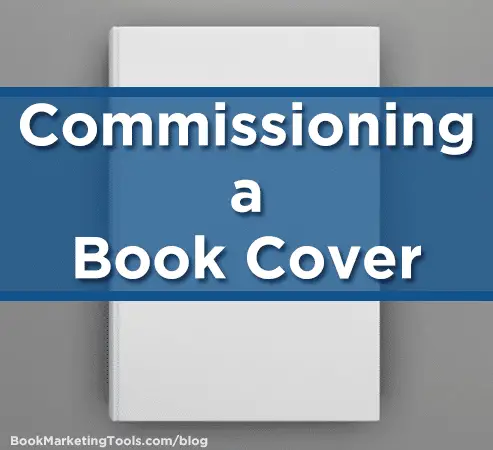Getting the right cover for your book can be tough. In this guest post from author Ceidrik Heward, he shares some tips on how to commission a book cover, and get the right style for your type of book.
I am currently writing my 23rd book so with the 22 already published, I’ve learnt a great deal about book cover design. I had some spectacular failures with my early books due mainly to poorly designed covers. I’ve discovered it’s really important that a cover clearly reflects the book’s content so it has a better chance of attracting the right reader from the very start.
Consider Your Genre
When deciding on the look of your cover, it’s important it reflects the book’s genre. For example, a romance story suits a title written in something like a freesstyle script or a French script. If it’s a non-fiction book, the font needs to reflect the informational aspect of the content so something like Constantia, Verdana or Georgia font would be more suitable. If it is a book for children, the font can be something like Lucida Handwriting to reflect the mood and content of the story (but make sure it is easy to read).

When I had the above cover designed for one of my early books, I didn’t understand how the design elements should work.
Not surprisingly, this cover turned out to be a complete disaster. How little I knew back then about good cover design. All that red in the middle saying nothing, and the multi colored lettering making it hard to read, made it a badly designed cover. At the time, I was under the impression the bright colors would do the trick as it was a book dealing with color therapy. The plain font was the only element on the cover to be on the right track as it correctly reflected the book’s ‘self help’ genre. On top of the poor design, the title was also too vague and didn’t offer any enticement to buy.
After a few months languishing on Amazon with no sales, I re-titled the book with a focused title that clearly indicates what the book offers. On this new cover, I again used a plain font to suit the genre. To make the background work, I chose the five vertically placed colors to visually emphasize the book’s content. It is now a clean, clear and focused book cover that I’m happy with.

Keep It Simple
All my successful books have simple cover designs where the background image doesn’t fight with the text. The spacing is balanced and every word is easy to read. This is crucial when people surf through Amazon or any other site selling books.
The title needs to proclaim itself with impact.
Background Image Usage
When choosing a background image, make sure it is not ‘fussy’. Too much information in the photo takes the focus off the actual title. The subtitle is also important but the title is what needs to stand out. If the cover doesn’t grab the eye, the book’s success will, in my experience, suffer.
In the cover below, the eye is drawn to the quaint old shops . I tried to be clever and present as much information on the cover as possible. This was a big mistake. With this cover, the book didn’t sell.

Once I changed the cover with an image that didn’t have a specific focus, the book began to sell.

Here, the photo provides a suitable visual background and compliments the title, rather than competing with it. The word ‘enchanting’ is an important adjective and is presented in a font to convey the romantic feel I was after. ‘Towns of New Zealand’ is picked out in bright colors on large plain lettering to draw the reader’s eye. I consider plain text is best for travel books.
Using The Right Colors
I’ve discovered red is difficult to read on thumbnail sized covers. Most of my successful covers have dark backgrounds with white, yellow and cream being the colors of choice for most of my titles. I like a dark background. It makes words written in light colors stand out much better. It also gives a certain power to the cover. (remember, I’ve written a book on color!)
I’ve experimented with dark lettering on light backgrounds but these covers haven’t been particularly successful.
I have used designers on Fiverr for all my covers. It’s important to check their samples to see if their style suits what you’re after. I have only had three designers that weren’t able to supply what I wanted, a pretty good average for 22 book covers. If you Google ‘book covers’ hundreds will show up. You can pick one that you like and send this to the designer as a sample of what you’re wanting. If you can’t find a cover you like, it can be a lucky dip and very time consuming so I really recommend finding a sample cover when you place your order. I have used the same designer for a number of covers but now like to try different ones as using the same one too often, your book covers tend to look similar as each designer has specific strengths with their design techniques.
Final Words
To re-cap, don’t overload your book cover with too much information and ‘busy’ images. A cover’s job is to sell copies, not to be framed in an art gallery. Having said that, a good book cover needs to be eye catching, while also teasing the reader to buy it. It’s that balance you must look for when commissioning your next book cover.
Good luck!
Ceidrik Heward is the author of several books, many of which can be found on Amazon here.

